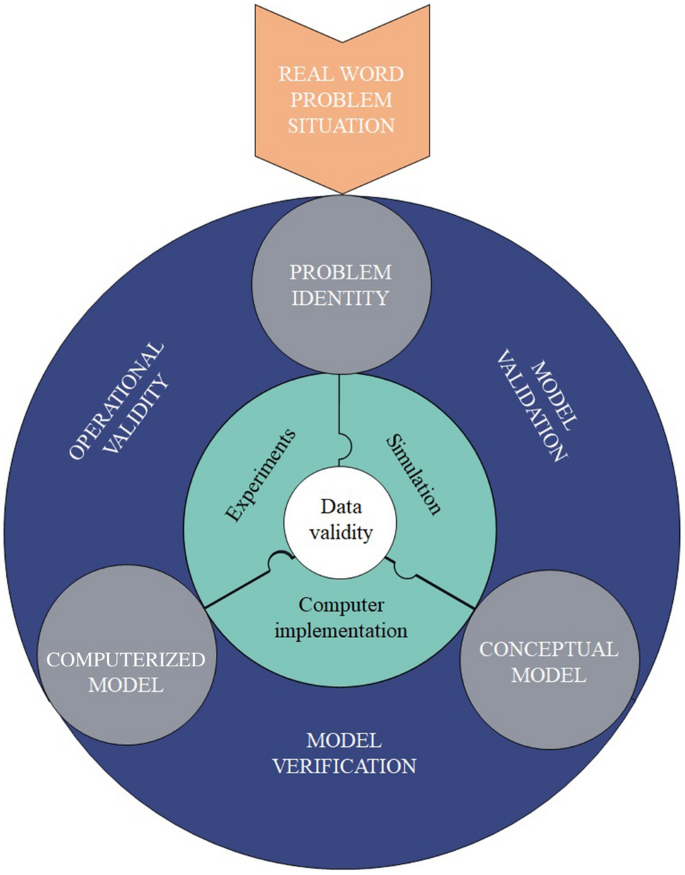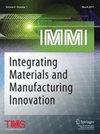工业材料建模与数字化:障碍与展望
IF 2.5
3区 材料科学
Q3 ENGINEERING, MANUFACTURING
Integrating Materials and Manufacturing Innovation
Pub Date : 2023-11-10
DOI:10.1007/s40192-023-00318-2
引用次数: 0
摘要
材料建模技术是探索、理解和最终预测材料行为的基础。它们对于解决因需要减少人类对环境的影响而带来的挑战至关重要。多年来,材料行为的建模和仿真已经被认为是工业研发的基础资产。D,指导新产品和制造工艺的设计或优化决策过程。同时,降低了产品成本和开发时间。然而,强调使用这些工具所带来的收益并不是微不足道的,特别是因为它们主要影响创新过程等复杂活动,其回报只有在长期才能获得,并且难以衡量。这意味着材料建模领域在工业环境中经常被忽视,因为它没有集成到公司的工作流程中。在某些情况下,建模提供了获取隐性知识的可能性,以防止在老龄化的专家社区中丧失能力,这就是为什么它的工业集成是重要的。本文探讨了这种二分法背后的原因,首先介绍了建模过程的目的,以及材料应用中使用的主要类型。通过概述成功案例、经济影响、业务吸收和障碍来回顾当前的工业采用情况。过去和现在的方法和策略也提出和讨论。展望未来,材料建模在发展可持续经济的以材料为中心的工业中发挥着关键作用,提供物理低估(基于物理的模型)和快速方法(数据驱动的解决方案)。数字化是绿色经济的手段,它需要在材料建模业务的核心推动更多的整合。本文章由计算机程序翻译,如有差异,请以英文原文为准。

Review of Material Modeling and Digitalization in Industry: Barriers and Perspectives
Abstract Materials modeling technologies are fundamental to explore, understand, and ultimately predict materials behavior. They are essential to solve challenges posed by the need to reduce human impact on the environment. Modeling and simulation of materials behavior have been recognized over the years as fundamental as an asset in industrial R & D, guiding the decision-making process regarding the design or optimization of new products and manufacturing processes. At the same time, it reduces product cost and development time. However, highlighting the revenue brought by using such tools is not trivial, especially because they mainly affect the complex activities such as the innovation process, whose return only becomes available in the long run and it is difficult to measure. This means that the materials modeling field is often overlooked in an industry setting, where it is not integrated in the company workflow. In some cases, modeling provides the potential to capture tacit knowledge preventing the loss of capability in an aging specialist community, that why its industrial integration is important. This paper explores the reason behind this dichotomy, presenting first what it is intended for the modeling process, and the main types used in materials application. The current industrial adoption is reviewed by outlining success stories, economic impact, business uptake, and barriers. Past and current approaches and strategies are also presented and discussed. In prospective, materials modeling plays a key role in developing material-centric industry for sustainable economy, providing physical understating (physics-based models) and fast approaches (data-driven solutions). Digitalization is the mean for the green economy and it needs to push for a more integration at the core of the business of materials modeling.
求助全文
通过发布文献求助,成功后即可免费获取论文全文。
去求助
来源期刊

Integrating Materials and Manufacturing Innovation
Engineering-Industrial and Manufacturing Engineering
CiteScore
5.30
自引率
9.10%
发文量
42
审稿时长
39 days
期刊介绍:
The journal will publish: Research that supports building a model-based definition of materials and processes that is compatible with model-based engineering design processes and multidisciplinary design optimization; Descriptions of novel experimental or computational tools or data analysis techniques, and their application, that are to be used for ICME; Best practices in verification and validation of computational tools, sensitivity analysis, uncertainty quantification, and data management, as well as standards and protocols for software integration and exchange of data; In-depth descriptions of data, databases, and database tools; Detailed case studies on efforts, and their impact, that integrate experiment and computation to solve an enduring engineering problem in materials and manufacturing.
 求助内容:
求助内容: 应助结果提醒方式:
应助结果提醒方式:


